Why Ash Ketchum Would Never Survive the Pokémon Video Games
Popular Now
 Poppy Playtime
Poppy Playtime
 Counter-Strike 2
Counter-Strike 2
 Free Fire Max
Free Fire Max
 Schedule I
Schedule I
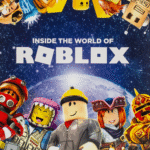 Roblox
Roblox
 PUBG Mobile
PUBG Mobile
 NBA 2K24
NBA 2K24
 Valorant
Valorant
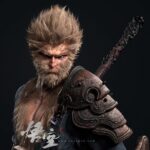 Black Myth: Wukong
Black Myth: Wukong
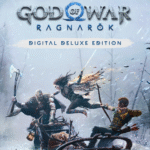 God of War Ragnarök
God of War Ragnarök 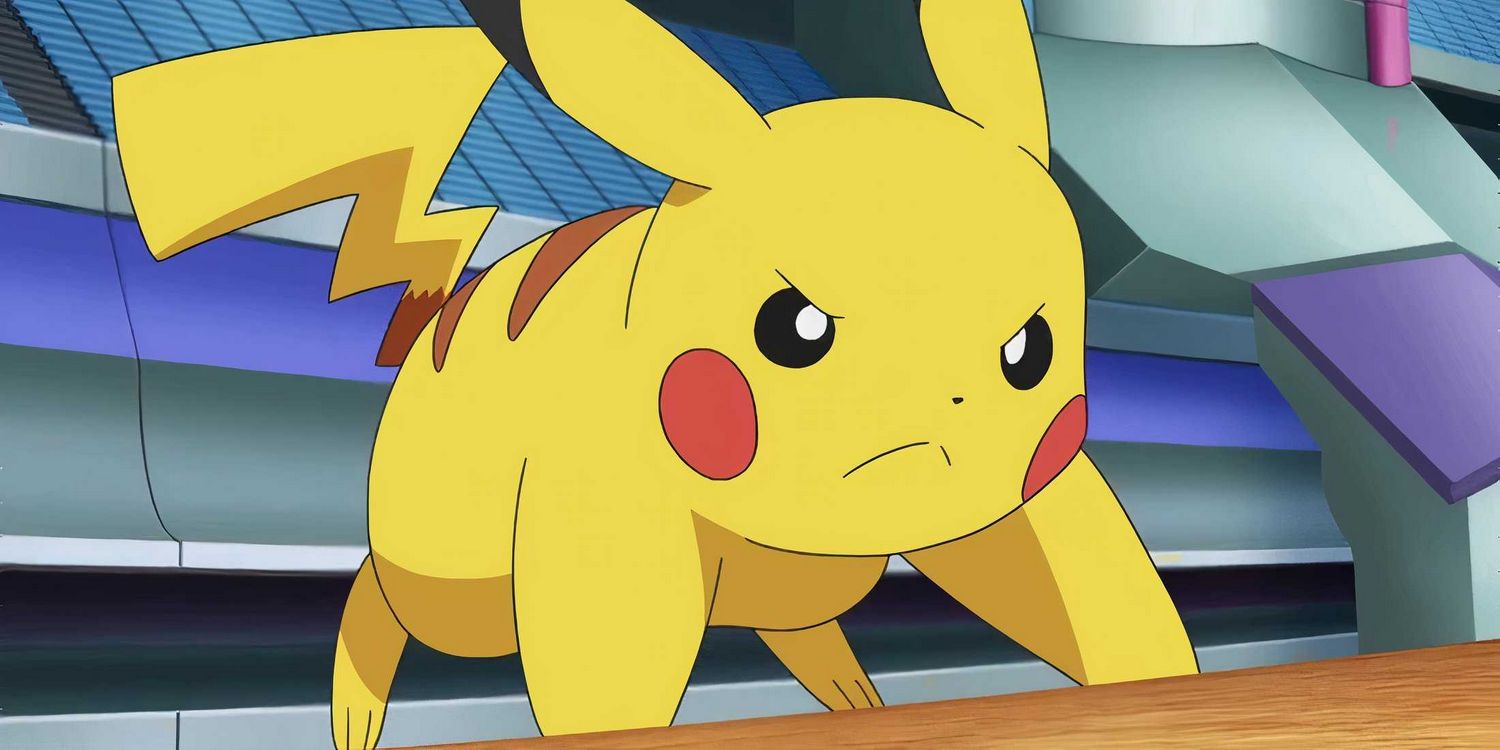 For over two decades, Ash Ketchum was the face of the Pokémon franchise, a determined and iconic trainer whose journey captured the hearts of millions. However, as beloved as his adventures were in the anime, a critical look at his strategies, team management, and general approach reveals a harsh truth: Ash would fail spectacularly if he were a player in the Pokémon video games. The anime and the games operate on fundamentally different rules, and Ash’s signature “power of friendship” and unconventional tactics would be his downfall in the world of turn-based, stat-driven battles. While the anime celebrates his journey, the game’s rigid mechanics would expose his weaknesses as a trainer.
For over two decades, Ash Ketchum was the face of the Pokémon franchise, a determined and iconic trainer whose journey captured the hearts of millions. However, as beloved as his adventures were in the anime, a critical look at his strategies, team management, and general approach reveals a harsh truth: Ash would fail spectacularly if he were a player in the Pokémon video games. The anime and the games operate on fundamentally different rules, and Ash’s signature “power of friendship” and unconventional tactics would be his downfall in the world of turn-based, stat-driven battles. While the anime celebrates his journey, the game’s rigid mechanics would expose his weaknesses as a trainer.
The core differences between the two mediums are what create this disconnect. In the games, every move, item, and Pokémon has a specific, quantifiable effect. Stats like Attack, Defense, Speed, and Special Attack are everything, and a meticulously planned team with type advantages is the key to success. Ash’s journey, by contrast, is a narrative where the power of friendship and sheer will can overcome any obstacle. He often wins battles with “anime logic,” using creative but impossible moves like “Thunder Armor” or having his Pokémon dodge attacks that are impossible to evade in the games. This style, which makes for exciting television, is a recipe for disaster in the logical, tactical world of the video game series.
 The Major Flaws in Ash’s Strategy: A Game Player’s Perspective
The Major Flaws in Ash’s Strategy: A Game Player’s Perspective
Any veteran player of the Pokémon games can immediately spot the glaring flaws in Ash’s approach. While the anime uses these shortcomings for character development, they would be insurmountable obstacles in the games. Here’s a look at why Ash would fail to even make it to the Elite Four:
- Ignoring Type Advantages: This is arguably Ash’s most significant and recurring blunder. In the games, type matchups are the foundation of every battle. A Grass-type Pokémon against a Water-type is a near-guaranteed victory. Yet, Ash frequently sends out Pokémon with a type disadvantage, often relying on a last-minute, impossible-to-pull-off move to win. A game player would be punished for this mistake with a swift and decisive loss, especially against a skilled AI or human opponent.
- Lack of a Full Team: The motto of the franchise is “Gotta catch ’em all,” but Ash’s team is often incomplete. Throughout his journeys, he frequently travels with fewer than six Pokémon. In the games, having a full team of six is a fundamental part of the experience, providing the player with tactical flexibility and a way to overcome any challenge. By not having a full team, Ash is willingly putting himself at a massive disadvantage.
- Refusal to Evolve: One of the most frustrating aspects of Ash’s journey for game fans is his resistance to evolving his Pokémon. While it’s a narrative choice to keep beloved Pokémon like Pikachu and Bulbasaur in their base forms, it’s a terrible strategic decision. In the games, evolution provides a massive stat boost and unlocks a wider array of powerful moves. By not evolving his Pokémon, Ash is intentionally handicapping his team and making it significantly weaker than a game player’s team at the same point in the story.
- No Use of Items or TMs: In the Pokémon games, items like Potions, Full Restores, and Held Items are essential for success, especially in challenging battles. TMs (Technical Machines) and HMs (Hidden Machines) are also crucial for customizing a Pokémon’s moveset and giving them a wider range of attacks. Ash rarely, if ever, uses these items. He relies solely on the moves his Pokémon naturally learn, limiting their effectiveness and leaving them vulnerable in a long, drawn-out battle.
 The Unbreakable Rules of the Game: A Turn-Based World
The Unbreakable Rules of the Game: A Turn-Based World
Beyond his strategic flaws, Ash’s very style of battling would be impossible to replicate in the games. His creative, improvised strategies, which make for great anime moments, would simply not work within the game’s mechanics. The games are strictly turn-based; a player and their opponent take turns issuing commands, and the outcome is determined by a series of hidden calculations. Ash, by contrast, constantly issues multiple commands at once, using the environment to his advantage, and having his Pokémon “dodge” attacks. These actions are impossible in the games, where a command like “Dodge” doesn’t exist. Ash’s reliance on these “anime-only” tactics would be a major liability, as a game player would be unable to replicate his most famous victories.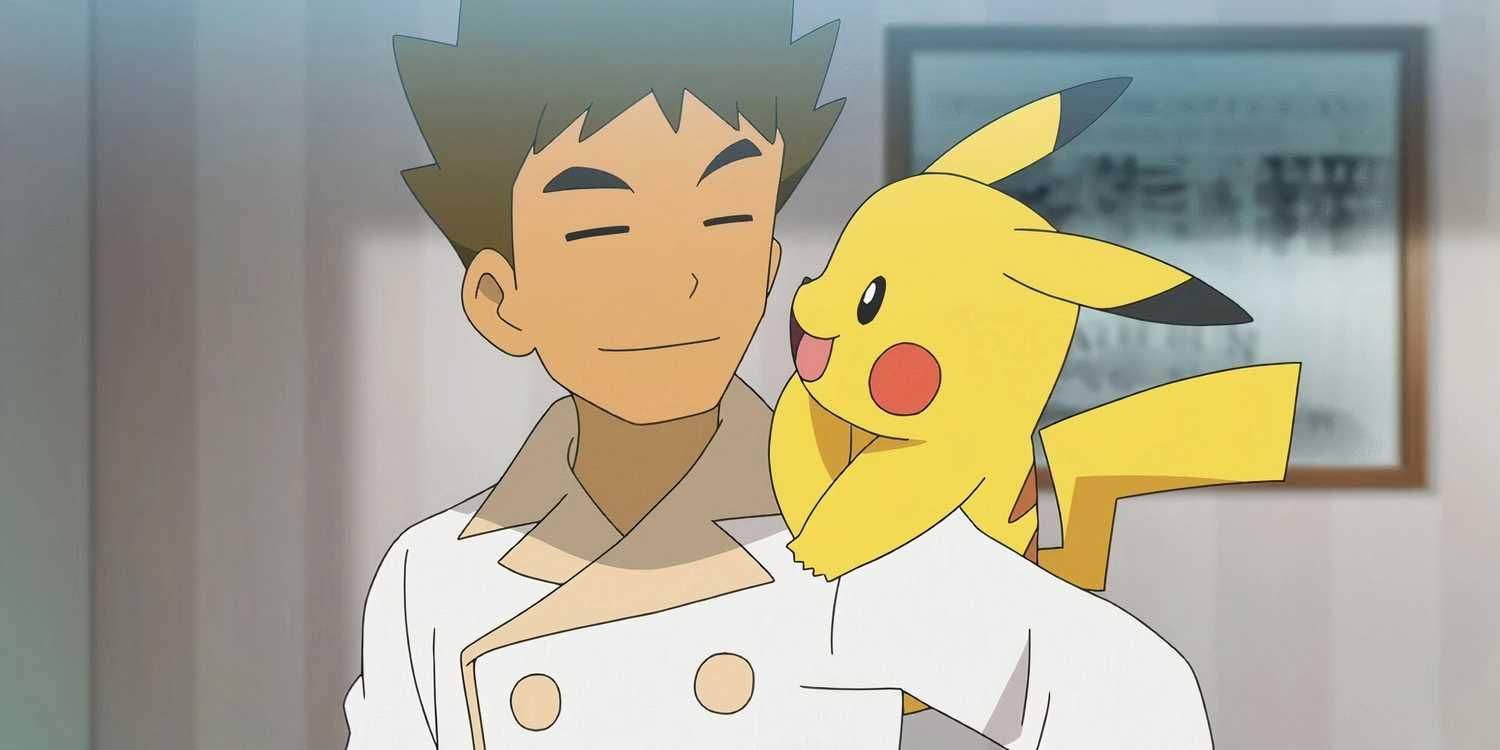
The “power of friendship” is another major pillar of the anime that has no real-world equivalent in the games. While the games do have a “friendship” or “happiness” stat that can influence certain moves and abilities, it’s a minor mechanic compared to its role in the anime. Ash’s ability to have his Pokémon overcome a severe type disadvantage or a major power difference through their bond is a powerful narrative tool, but it’s a move that a game player simply cannot make. This stark difference highlights the core tension between the two mediums: one is a story about a boy’s journey to become the very best, while the other is a challenging, logical puzzle for the player to solve. In the end, as much as we love Ash’s heart and determination, his journey is a testament to the power of a good plot, not to the realistic mechanics of a Pokémon video game.


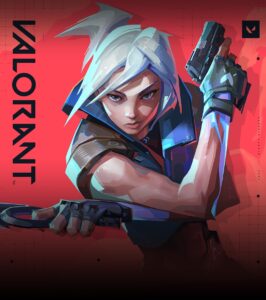
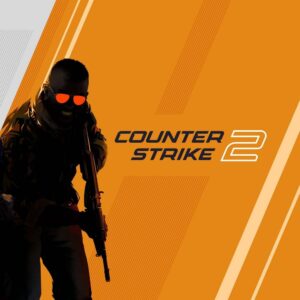
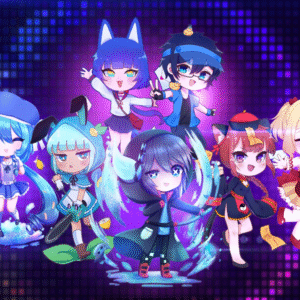

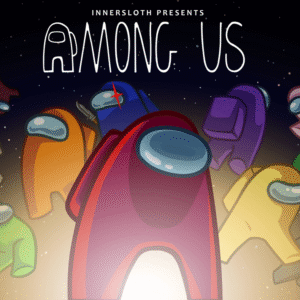



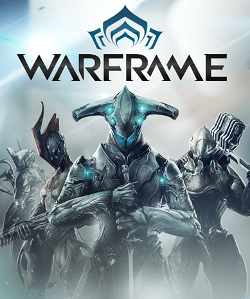
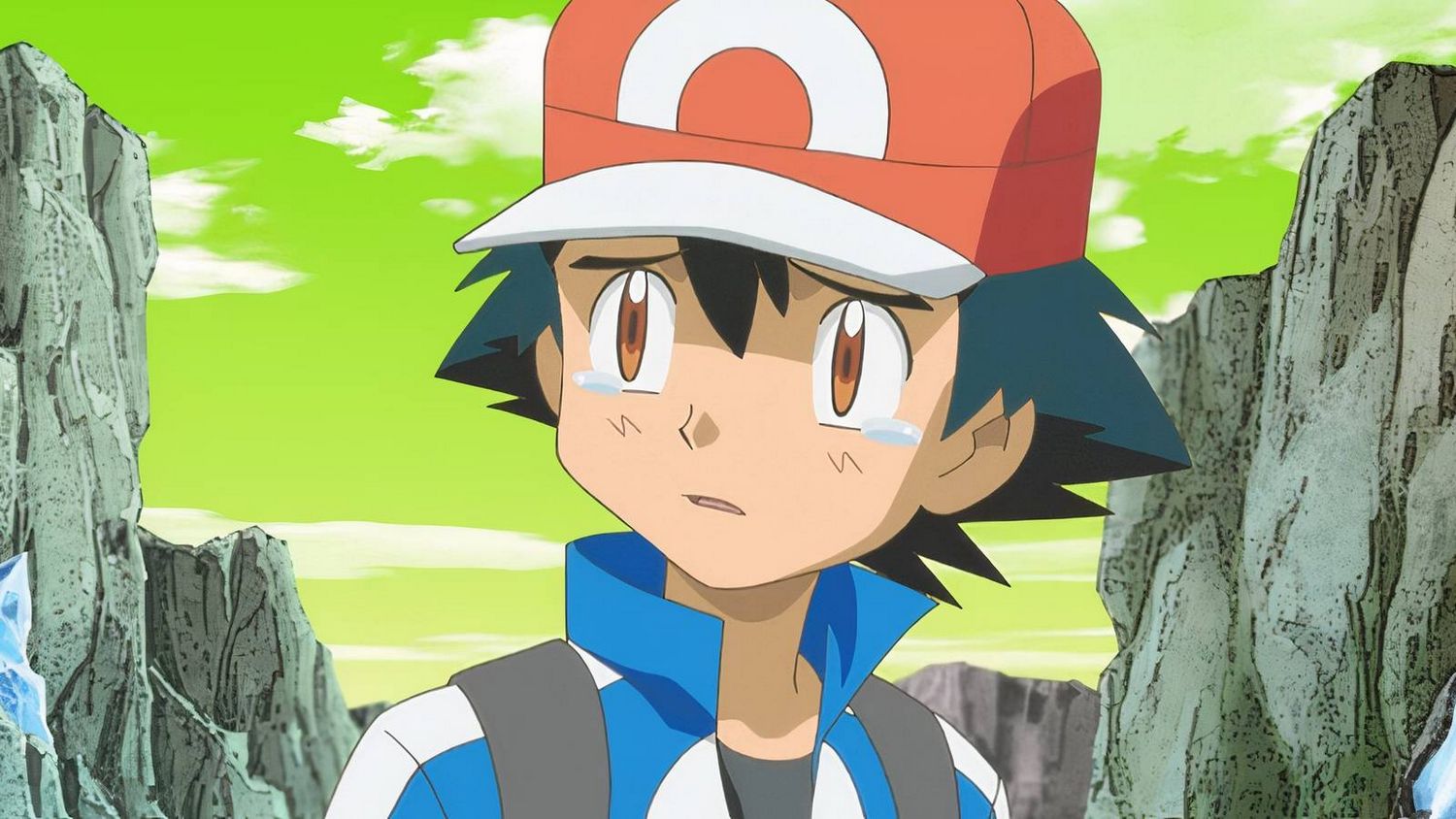 The Major Flaws in Ash’s Strategy: A Game Player’s Perspective
The Major Flaws in Ash’s Strategy: A Game Player’s Perspective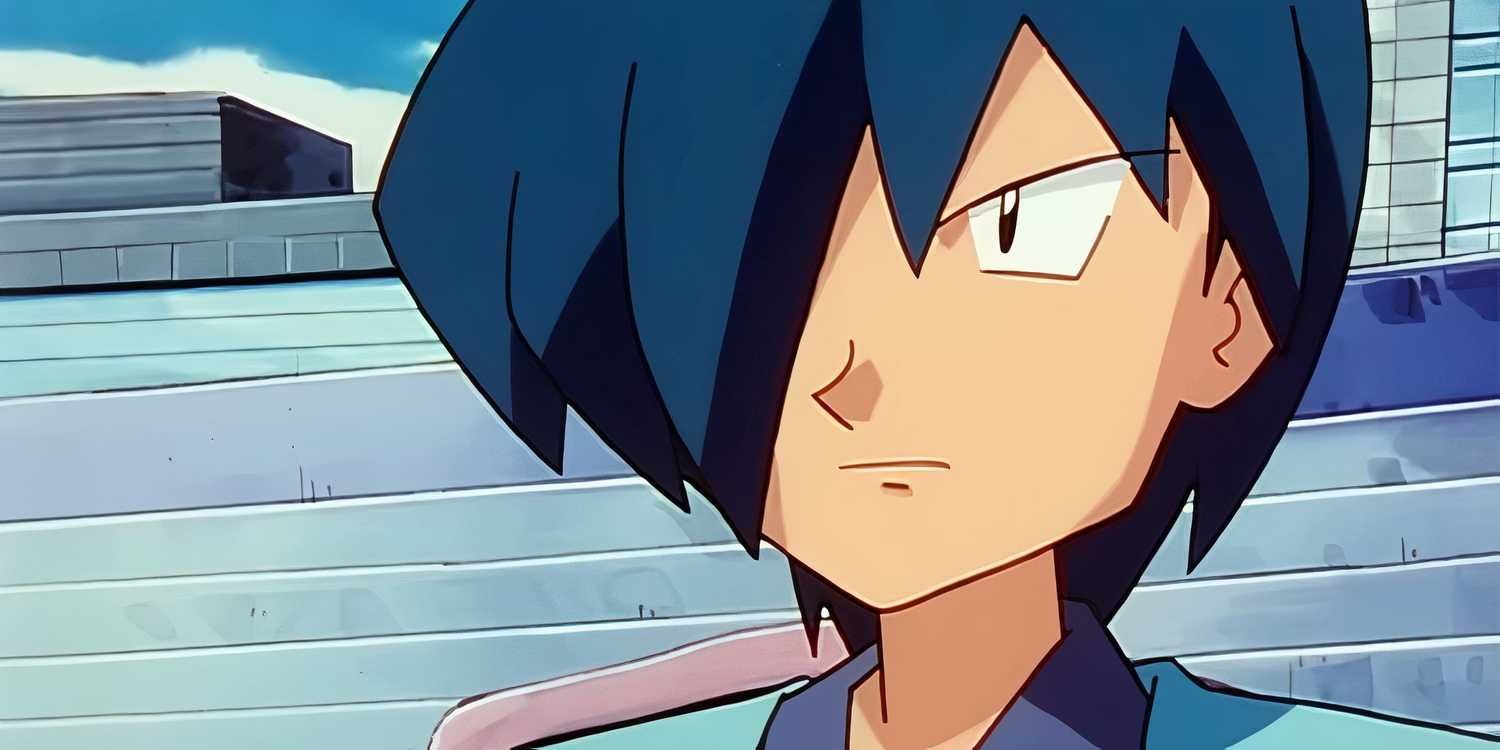 The Unbreakable Rules of the Game: A Turn-Based World
The Unbreakable Rules of the Game: A Turn-Based World